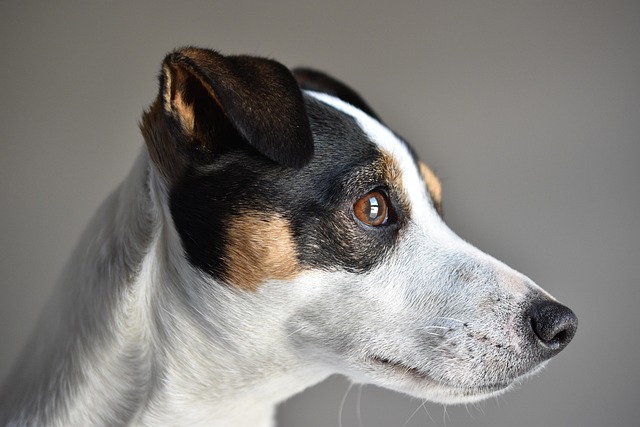
What is glaucoma in a dog?
You might notice your dog squinting more at mealtime or avoiding bright sunlight—these small changes could be early signs of a serious eye condition.
If you’ve noticed a small, raised lump on your dog’s skin—maybe while giving them a belly rub after a walk around the neighborhood—you might be worried it could be a mast cell tumor. These tumors, common in many dog breeds, can vary in size and behavior, and while some stay small, others may grow or cause discomfort. As a dog owner, your first thought is likely how to keep your pup healthy and comfortable, so understanding safe, vet-approved ways to address these tumors is key.
First, it’s critical to start with a veterinary diagnosis—never try to treat a suspected tumor on your own. Vets use tests like fine-needle aspiration to confirm if a lump is a mast cell tumor and check its severity. Once diagnosed, treatment options depend on the tumor’s stage: surgery is often the first step for small, localized tumors, as removing the mass (and a small margin of healthy tissue) can stop spread. For larger or hard-to-remove tumors, your vet might recommend oral medications or targeted therapies that help shrink the mass over time. Always follow your vet’s plan—skipping doses or trying home remedies can put your dog at risk.
 Alongside medical treatment, small lifestyle adjustments can support your dog’s comfort. If the tumor is on a paw or leg, avoid rough play or long hikes that might irritate it; opt for short, gentle walks instead. Keep their bedding clean and soft to prevent friction, and check the area daily for swelling or discharge—report any changes to your vet right away. Also, stick to their regular diet unless your vet suggests a special formula; sudden food changes can upset their stomach, adding more stress during treatment.
Alongside medical treatment, small lifestyle adjustments can support your dog’s comfort. If the tumor is on a paw or leg, avoid rough play or long hikes that might irritate it; opt for short, gentle walks instead. Keep their bedding clean and soft to prevent friction, and check the area daily for swelling or discharge—report any changes to your vet right away. Also, stick to their regular diet unless your vet suggests a special formula; sudden food changes can upset their stomach, adding more stress during treatment.
It’s also important to stay compliant with local pet rules while caring for your dog. Make sure their vaccines are up to date—many cities require proof of core vaccines like rabies, even if your dog is recovering from a tumor. When you’re out walking, always clean up after them (most neighborhoods have strict fines for not doing so) and keep them on a leash if local laws require it. This not only keeps your community happy but also keeps your dog safe—leashes prevent them from rubbing the tumor on rough surfaces or getting into fights with other animals.
Caring for a dog with a mast cell tumor can feel overwhelming at first, but staying proactive and working closely with your vet makes a big difference. Regular check-ups will help your vet monitor the tumor’s size and adjust treatment as needed, and small, consistent steps at home will keep your pup comfortable and happy. Remember, you’re not alone—your vet is there to answer questions, and many local pet communities offer support for owners going through similar experiences. With the right care, your dog can still enjoy their favorite activities, from cuddling on the couch to chasing a ball in the yard.

You might notice your dog squinting more at mealtime or avoiding bright sunlight—these small changes could be early signs of a serious eye condition.

Let’s set the scene: It’s a sweltering Phoenix afternoon—105°F outside—and you rushed your 2-year-old Lab mix, Cooper, on a quick walk to “get it over with.”

Let’s get real: You’re in your Miami apartment, watching your 3-year-old Corgi, Loki, struggle to climb the stairs to your second-floor unit.

Many dog owners brush off occasional scratching as just “dog behavior,” but persistent itching often signals something more—like a food allergy.

You might first notice your dog scratching more than usual—chewing at their paws until the fur looks thin, or rubbing their face against the couch nonstop.

Let’s be real: You’re standing in your Chicago apartment, watching your 3-year-old Beagle, Max, huff and puff just to climb onto the couch.